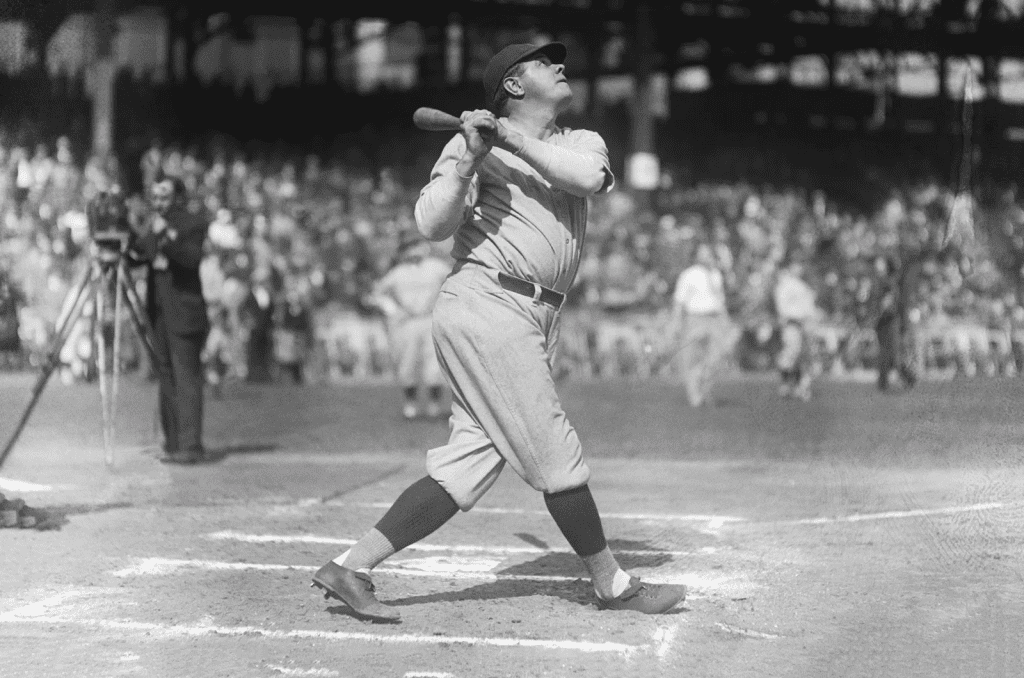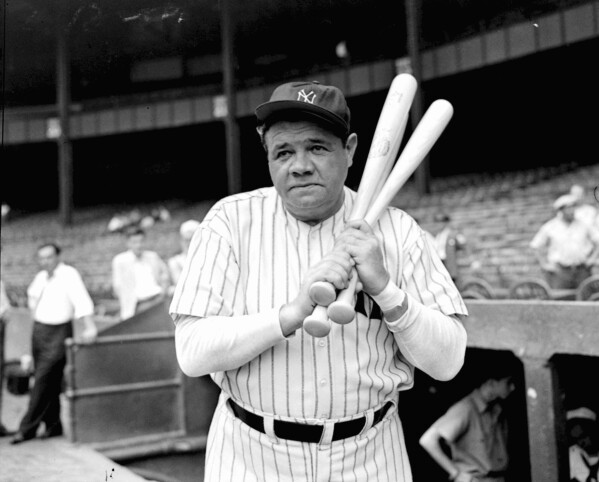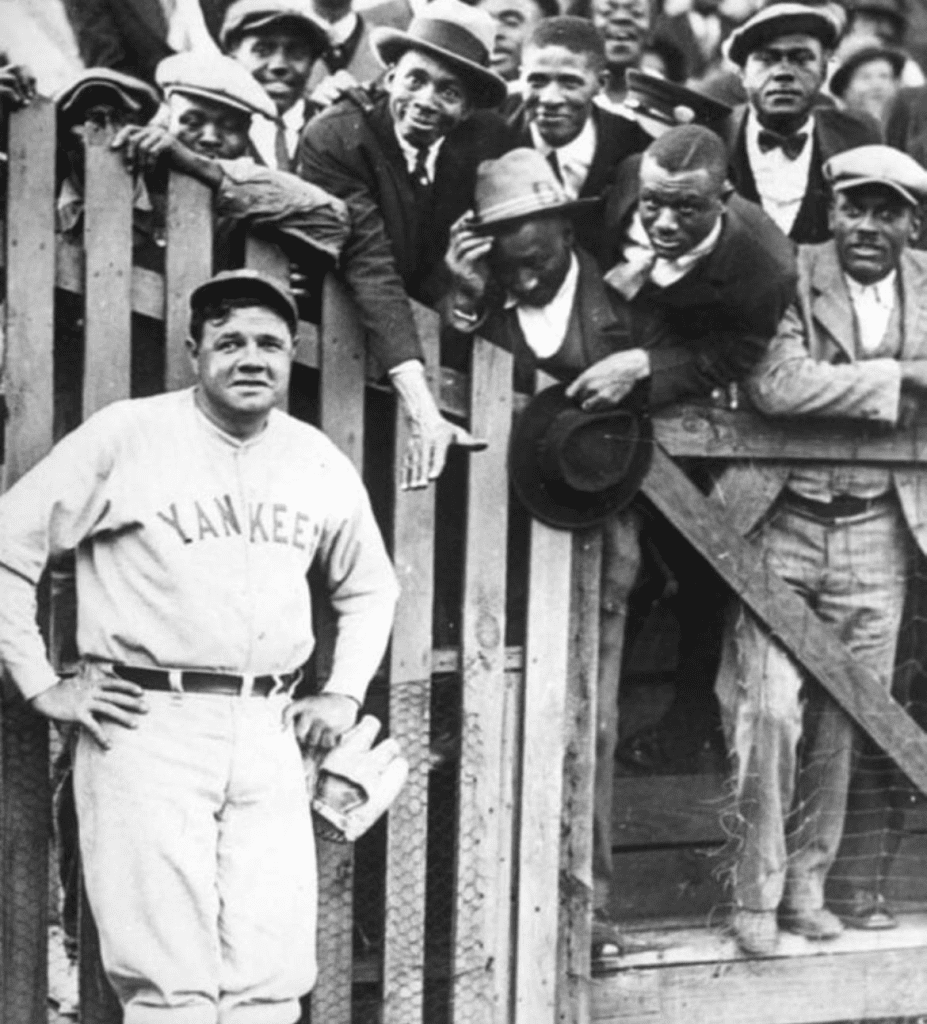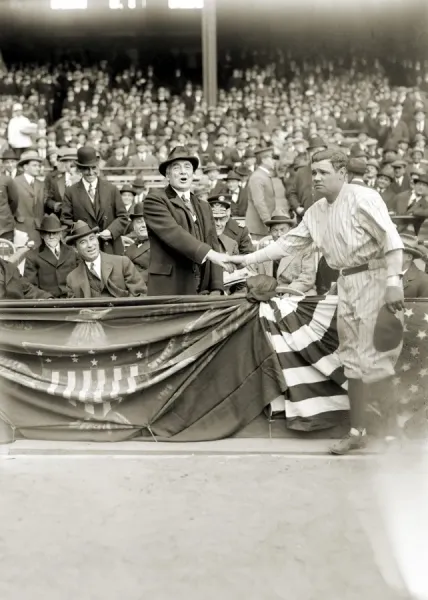Long before Jackie Robinson shattered the color barrier in Major League Baseball, one man stood out not just for his record-breaking home runs but for the way he treated people. That man was Babe Ruth, the iconic slugger whose bat transformed baseball forever. But beyond the stats and stadium cheers, Ruth made a quiet yet powerful statement in 1925 that few remember today: he welcomed Black fans with dignity and respect, even when society told him not to.

A Time of Segregation and Silence
The 1920s were a deeply segregated era in American sports and society. Jim Crow laws dominated the South, and even in the North, unspoken rules and racial barriers kept African Americans in the shadows especially in major sporting venues. Baseball, the “national pastime,” was no exception. Black players were barred from the Major Leagues, forced instead to compete in the Negro Leagues. Fans of color were often relegated to distant, uncomfortable sections of stadiums if they were allowed in at all.

It was within this charged climate that Babe Ruth did something radical without ever shouting it from the rooftops. He treated his Black fans like human beings with respect.
Video:
Babe Ruth Documentary
Ruth’s Radical Kindness
In 1925, during the height of his career, Babe Ruth was seen signing autographs and shaking hands with Black fans outside Yankee Stadium. He greeted them with a smile, posed for photographs, and even offered seats to some in sections not typically open to them.
These actions might sound simple today, but they were groundbreaking back then. Few white athletes would risk their public image, let alone their careers, to show even the slightest public affection toward Black supporters. But Ruth didn’t care what critics thought. He had always been a man of the people loud, brash, and unapologetically himself and that included showing kindness to fans of all races.

A Hero Beyond the Diamond
Ruth’s defiance of social norms wasn’t limited to stadiums. He had friendships with several Black athletes and entertainers, including Negro Leagues legend Satchel Paige and jazz icon Cab Calloway. There are even rumors never confirmed but long speculated that Ruth played in several secret exhibition games with Black players, which would have been unthinkable (and punishable) for a Major League player at the time.
Video:
SportsCentury: Babe Ruth
By simply treating people equally, Ruth became an early symbol of unity in a divided sport. He didn’t wave banners or march in protests, but his small gestures spoke volumes. They paved the way for what would come two decades later: the integration of baseball through Jackie Robinson in 1947.
Legacy of an Unlikely Ally
Today, Babe Ruth is remembered for his home runs, World Series wins, and outsized personality. But we’d be remiss to forget his impact off the field. He was a man born into poverty, raised in a Baltimore reform school, and shaped by hardship. Perhaps that’s why he understood what it meant to be excluded and why he refused to be part of a system that turned its back on so many fans who adored him.
His kindness might not make it into most history textbooks, but it mattered. To those Black fans who cheered for him in 1925, Babe Ruth wasn’t just the Sultan of Swat he was a rare hero who saw them, respected them, and welcomed them when others wouldn’t.



